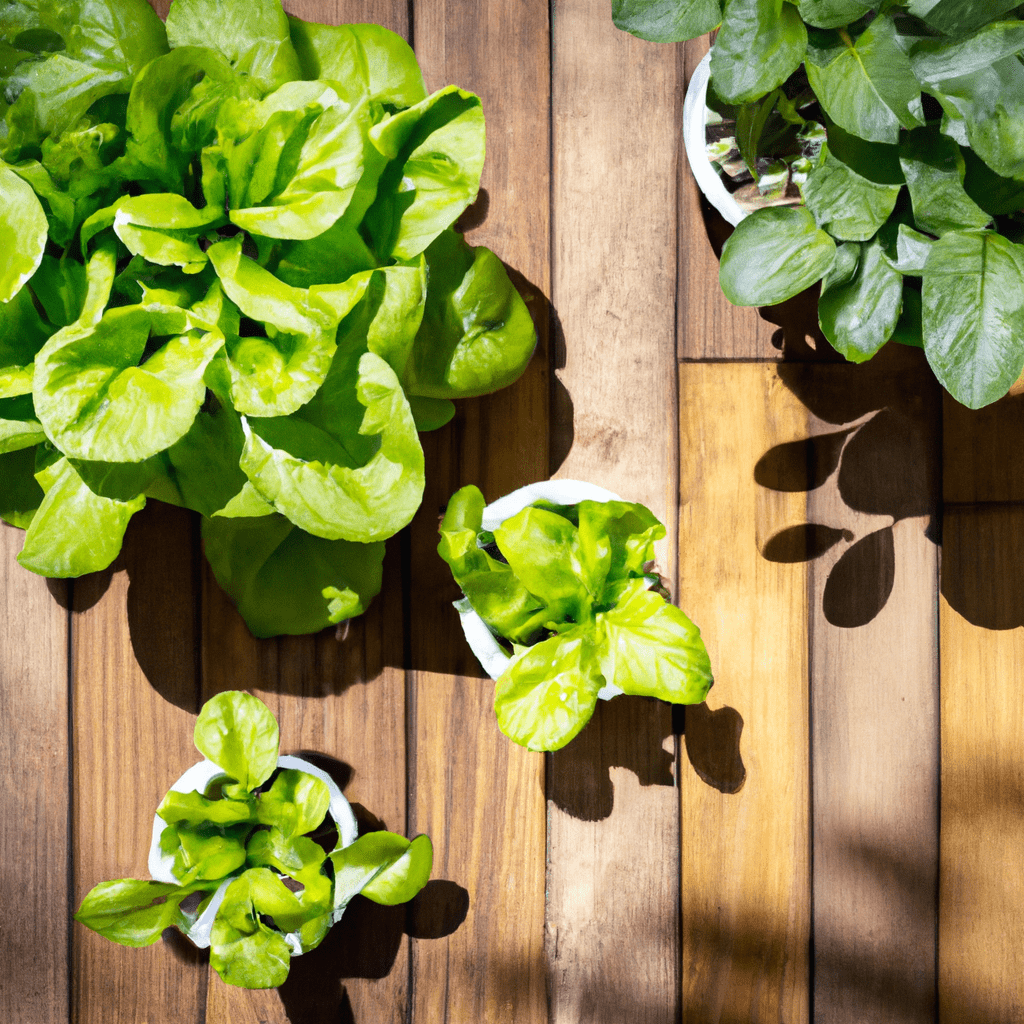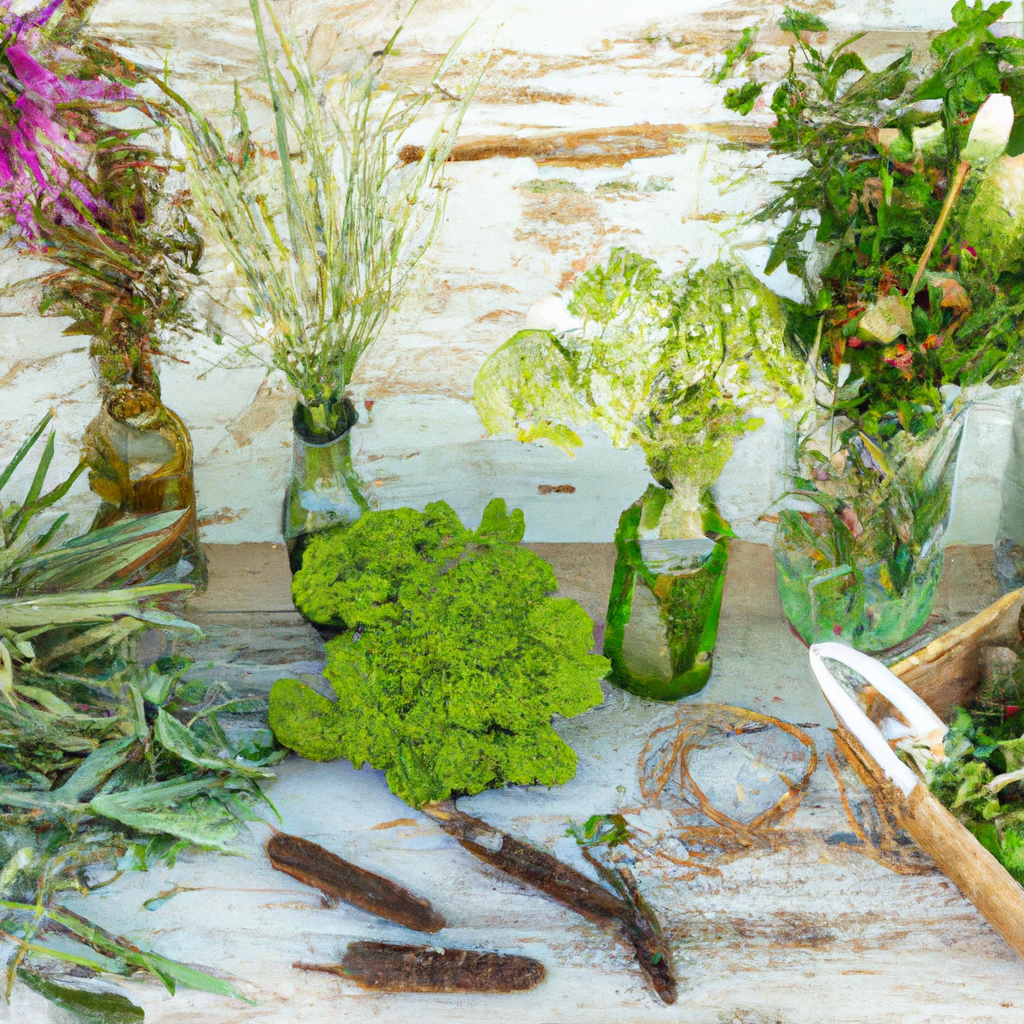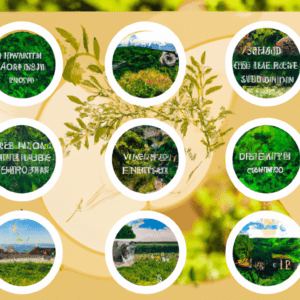Are you interested in cultivating your own green paradise at home but don’t know where to start? Look no further! In this article, we will be diving into the exciting world of eco-friendly home gardening, offering a comprehensive beginner’s guide to help you nurture your green thumb. From selecting the perfect plants for your space to understanding sustainable gardening practices, we’ve got you covered every step of the way. So, roll up your sleeves and get ready to embark on a rewarding journey towards creating a thriving and environmentally conscious garden right in your own backyard.


Choosing the Right Plants
When starting your green thumb journey, one of the first things you need to consider is choosing the right plants for your garden. Assessing your environment, considering climate and seasonality, researching native plants, and selecting low-maintenance varieties are crucial steps in ensuring a successful and thriving garden.
Assessing Your Environment
Before diving into the world of gardening, it is important to assess your environment. Take note of the amount of sunlight your garden receives throughout the day, the soil conditions, and the availability of water. This information will help you determine which plants are suitable for your garden and which areas are best for specific types of plants.
Considering Climate and Seasonality
Climate and seasonality play a significant role in determining the success of your garden. Different plants thrive in different climates and seasons, so it is important to choose plants that are well-suited to your specific region. Consider the average temperature, humidity, and rainfall patterns in your area, and select plants that can withstand these conditions.
Researching Native Plants
Native plants are species that naturally occur in a particular region and have adapted to the local environment over time. They are well-suited to the climate, soil, and pests of their native area, making them a great choice for eco-friendly gardening. Researching and incorporating native plants into your garden can help support local ecosystems, attract beneficial wildlife, and conserve water resources.
Selecting Low-Maintenance Varieties
If you’re new to gardening or simply prefer low-maintenance plants, selecting varieties that require minimal care is essential. Look for plants that are known for their durability, disease resistance, and ability to thrive in a variety of conditions. Low-maintenance plants not only save you time and effort, but they also contribute to a more sustainable and eco-friendly garden.
Understanding Soil and Composting
Understanding soil quality and implementing composting techniques are essential for creating a healthy and nutrient-rich growing environment for your plants.
Assessing Soil Quality
Before planting, it’s important to assess the quality of your soil. Soil composition, pH level, and nutrient content all play a crucial role in plant growth. Conducting a soil test will provide valuable information and help you identify any necessary amendments or adjustments.
Improving Soil Health with Compost
Compost is nature’s way of recycling organic matter and enriching the soil. It improves soil structure, increases fertility, and enhances moisture retention. By creating and incorporating your own compost into the garden, you not only reduce waste but also provide your plants with a nutrient-rich and sustainable source of nourishment.
Utilizing Vermicomposting
Vermicomposting is a form of composting that uses earthworms to break down organic waste. These hardworking worms convert kitchen scraps, paper, and cardboard into nutrient-rich worm castings, also known as vermicompost. Vermicomposting is an excellent way to reduce waste, produce high-quality compost, and improve soil health in an eco-friendly manner.
Exploring Organic Fertilizers
In addition to compost, organic fertilizers are another effective way to provide essential nutrients to your plants. Organic fertilizers are derived from natural sources, such as composted manure, bone meal, seaweed, or fish emulsion. They are environmentally friendly alternatives to synthetic fertilizers and promote long-term soil health.
Planning and Designing Your Garden
Proper planning and designing are key factors in creating a visually appealing and functional garden. Analyzing sun and shade patterns, creating a garden layout, implementing companion planting, and building raised beds are important considerations for a successful garden design.
Analyzing Sun and Shade Patterns
Understanding the sun and shade patterns in your garden is essential for choosing the right plants and determining their optimal placement. Take note of areas that receive full sun, partial shade, or deep shade throughout the day. This information will help you select plants that match their specific light requirements and create a harmonious balance in your garden.
Creating a Garden Layout
Designing a garden layout involves strategically arranging plants, pathways, and other elements to create an aesthetically pleasing and functional space. Consider factors such as plant height, growth habits, and spacing requirements when planning the layout. Also, think about how accessibility, maintenance, and future expansion may influence the overall design.
Implementing Companion Planting
Companion planting is the practice of planting different species together to mutually benefit one another. Some plants have natural pest-repellent properties, while others promote growth and enhance flavor. By choosing compatible plants and arranging them strategically, you can create a natural ecosystem that deters pests, improves pollination, and maximizes the use of space.
Building Raised Beds
Raised beds offer numerous benefits for home gardeners. They provide better drainage, improved soil quality, and easier access for planting, weeding, and harvesting. Raised beds are also an effective solution for gardening in areas with poor soil conditions or limited space. Building raised beds allows you to customize the growing environment and create a visually appealing garden.
Watering and Irrigation
Water is a vital resource for plants, and proper watering techniques and irrigation systems are crucial for their health and vitality. Determining watering needs, conserving water usage, installing drip irrigation systems, and capturing rainwater are all important aspects of sustainable watering practices.
Determining Watering Needs
Different plants have varying watering requirements, so it is important to understand the needs of each species in your garden. Factors such as plant type, size, soil moisture, and weather conditions all contribute to determining the proper watering schedule. Overwatering can lead to root rot and other issues, while underwatering can result in stunted growth. Finding the right balance is essential.
Conserving Water Usage
Conserving water in the garden is not only important for environmental sustainability but also for reducing water bills. There are several simple and effective strategies to minimize water usage, such as mulching to retain moisture, watering at the right time of day, avoiding overhead sprinklers, and using water-efficient gardening techniques. By implementing these practices, you can ensure that water is used efficiently and effectively in your garden.
Installing Drip Irrigation Systems
Drip irrigation is a water-efficient irrigation method that delivers water directly to the plant roots. This targeted approach minimizes water loss due to evaporation and ensures that plants receive water where they need it most. Installing a drip irrigation system can significantly reduce water usage and provide consistent moisture to your plants, resulting in healthier and more sustainable growth.
Capturing Rainwater
Rainwater harvesting is an eco-friendly practice that involves collecting and storing rainfall for later use in the garden. By capturing rainwater, you can reduce reliance on municipal water sources and conserve water. Rain barrels, cisterns, and other rainwater harvesting systems can be utilized to collect and store rainwater, which can then be used for watering your plants during drier periods.
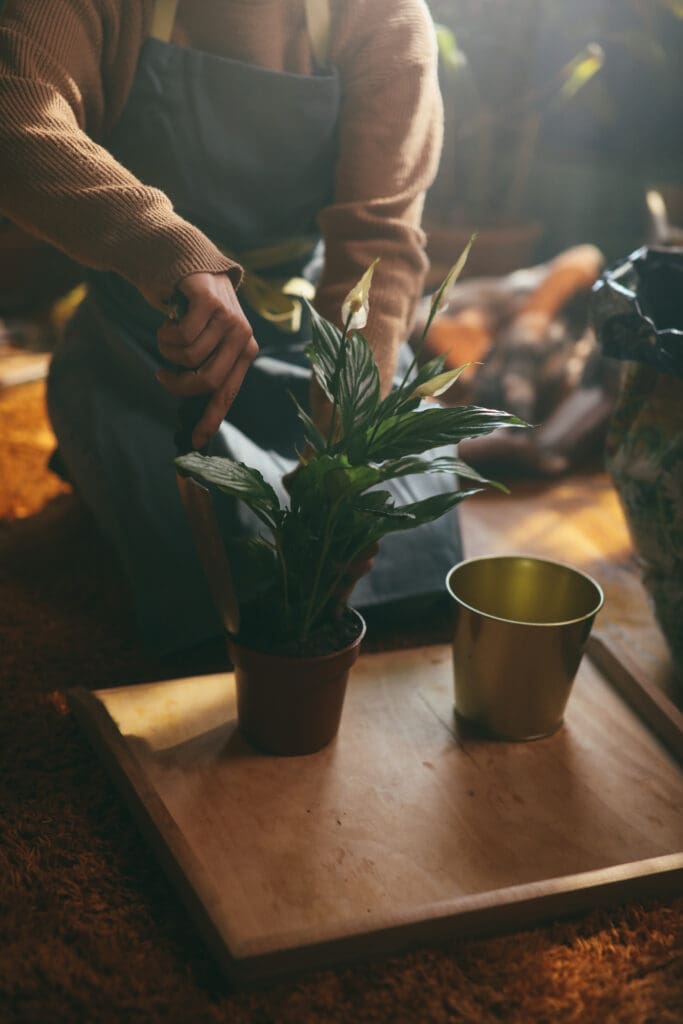

Pest Control and Weed Management
Dealing with pests and managing weeds are common challenges for gardeners. Identifying common garden pests, implementing natural pest control methods, preventing weed growth, and mulching for weed suppression are important strategies for maintaining a healthy garden ecosystem.
Identifying Common Garden Pests
Understanding and identifying common garden pests is essential for effective pest control. Aphids, slugs, snails, caterpillars, and beetles are just a few examples of pests that can cause damage to your plants. By quickly identifying and monitoring pest populations, you can take appropriate action to prevent infestations and minimize damage.
Implementing Natural Pest Control Methods
In an eco-friendly garden, it is important to prioritize natural pest control methods over chemical pesticides. There are many organic and biological pest control options available, such as introducing beneficial insects, using companion planting to repel pests, using physical barriers, and practicing crop rotation. These methods not only protect the environment but also promote a balanced and healthy garden ecosystem.
Preventing Weed Growth
Weeds can compete with your desirable plants for water, nutrients, and sunlight, and can quickly overtake your garden if not managed effectively. Preventing weed growth starts with proper garden design, spacing, and mulching. By creating a dense and healthy garden ecosystem, you can minimize weed growth and reduce the need for labor-intensive weeding.
Mulching for Weed Suppression
Mulching is an effective technique for suppressing weed growth and conserving soil moisture. Organic mulches, such as wood chips, straw, or compost, act as a protective barrier over the soil, preventing weed seeds from germinating and reducing evaporation. Mulching also improves soil structure, regulates soil temperature, and provides an attractive aesthetic to your garden.
Harvesting and Preserving Produce
The joy of gardening extends beyond the act of planting and caring for your plants – it also includes the exciting moment of harvesting your homegrown produce. Knowing when to harvest, handling and storing fresh produce, exploring canning and fermentation, and freezing and drying for long-term storage are all important aspects of enjoying the fruits of your labor.
Knowing When to Harvest
The timing of harvest is crucial to ensure that your produce is at its peak flavor and nutritional value. Different crops have different indicators for readiness, such as color, texture, and size. Research and monitoring your plants will help you determine the optimal time for harvesting each crop, ensuring that you enjoy the freshest and most flavorful produce.
Handling and Storing Fresh Produce
Proper handling and storage techniques are essential for preserving the quality and extending the shelf life of your freshly harvested produce. Cleaning, drying, and storing your fruits and vegetables in the right conditions can help prevent spoilage and maintain optimal freshness. By implementing proper storage practices, you can enjoy your garden bounty for an extended period of time.
Exploring Canning and Fermentation
Canning and fermentation are preservation methods that allow you to enjoy your garden produce throughout the year. Canning involves sealing fruits, vegetables, or sauces in jars and processing them to create a shelf-stable product. Fermentation, on the other hand, utilizes beneficial bacteria or yeasts to transform fresh produce into pickles, sauerkraut, or kimchi. These preservation techniques are great ways to enjoy your garden harvest during the offseason.
Freezing and Drying for Long-Term Storage
Freezing and drying are other excellent methods for preserving the harvest. Freezing fruits and vegetables retains their flavor, color, and nutritional value, allowing you to enjoy garden-fresh produce even months after harvest. Drying herbs, fruits, or vegetables removes moisture and concentrates flavors, providing you with flavorful ingredients for cooking or snacking. These long-term storage methods are convenient ways to make the most of your garden abundance.
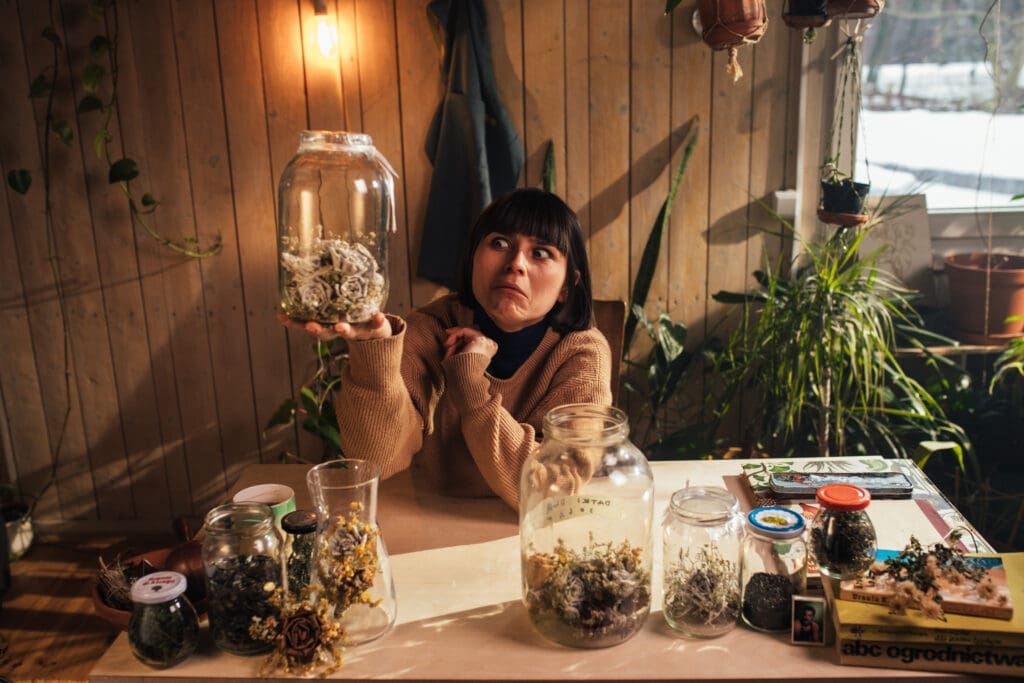

Creating a Pollinator-Friendly Garden
Pollinators, such as bees, butterflies, and hummingbirds, are essential for the reproduction of many plant species. Understanding the importance of pollinators, choosing plants that attract them, providing nesting sites, and avoiding pesticides harmful to bees are crucial steps in creating a pollinator-friendly garden.
Understanding the Importance of Pollinators
Pollinators play a critical role in the reproduction of flowering plants, ensuring the production of fruits, seeds, and future generations of plants. They are responsible for pollinating a significant portion of the world’s food crops, making them vital for food production and biodiversity. Creating a garden that supports pollinators is not only beneficial for them but also for the overall health and productivity of your garden.
Choosing Plants that Attract Pollinators
To attract pollinators to your garden, it is important to choose plants that provide nectar, pollen, and habitat. Native plants are often the best choice, as they have co-evolved with local pollinators and provide the resources they need. Select a variety of flowering plants that bloom at different times throughout the growing season to ensure a continuous food source for pollinators.
Providing Nesting Sites
In addition to food sources, pollinators also require suitable nesting sites. Some bees, for example, nest in the ground, while others seek out hollow stems or cavities in wood to lay their eggs. By providing nesting sites, such as bee hotels or undisturbed areas with bare soil, plant stems, or wood, you can encourage pollinators to stay in your garden and support their reproductive cycles.
Avoiding Pesticides Harmful to Bees
The use of pesticides, especially those containing neonicotinoids and other systemic insecticides, can have detrimental effects on pollinators. These chemicals can be toxic to bees and other beneficial insects, leading to population declines and disrupted ecosystems. It is important to avoid or minimize the use of pesticides in your garden and explore alternative organic pest control methods to protect pollinators and create a safe environment for them to thrive.
Sustainable Garden Practices
Adopting sustainable garden practices is not only beneficial for the environment but also for the long-term health and productivity of your garden. Reducing water consumption, practicing integrated pest management, using organic and non-toxic solutions, and minimizing waste generation are all important components of a sustainable garden.
Reducing Water Consumption
Water scarcity is a global concern, and conserving water in the garden is an essential step towards sustainability. By implementing water-efficient practices such as mulching, proper watering techniques, and utilizing rainwater harvesting systems, you can significantly reduce water consumption in your garden. Ensuring that water is used wisely and sparingly helps to preserve this valuable resource.
Practicing Integrated Pest Management
Integrated Pest Management (IPM) is an environmentally friendly approach to pest control that focuses on prevention, monitoring, and intervention. By combining multiple strategies such as biological controls, cultural practices, and physical barriers, IPM minimizes the use of chemical pesticides and promotes a balanced and sustainable garden ecosystem. Implementing IPM techniques helps to manage pests effectively while minimizing impacts on beneficial insects, wildlife, and the environment.
Using Organic and Non-toxic Solutions
Utilizing organic and non-toxic solutions is a cornerstone of sustainable gardening. Instead of relying on synthetic pesticides or chemical fertilizers, opt for natural alternatives such as neem oil, garlic spray, or insecticidal soaps for pest control. Similarly, choose organic fertilizers derived from natural sources and avoid the use of synthetic chemicals. By using organic and non-toxic solutions, you reduce the environmental impact of your garden and promote the health and well-being of both plants and beneficial organisms.
Minimizing Waste Generation
Gardens can generate a significant amount of waste, such as plant debris, grass clippings, and kitchen scraps. Minimizing waste generation and utilizing it as a resource is an important aspect of sustainable gardening. Composting organic waste, reusing plant materials as mulch, and recycling or repurposing garden-related items are effective ways to reduce waste and close the loop within your garden ecosystem.
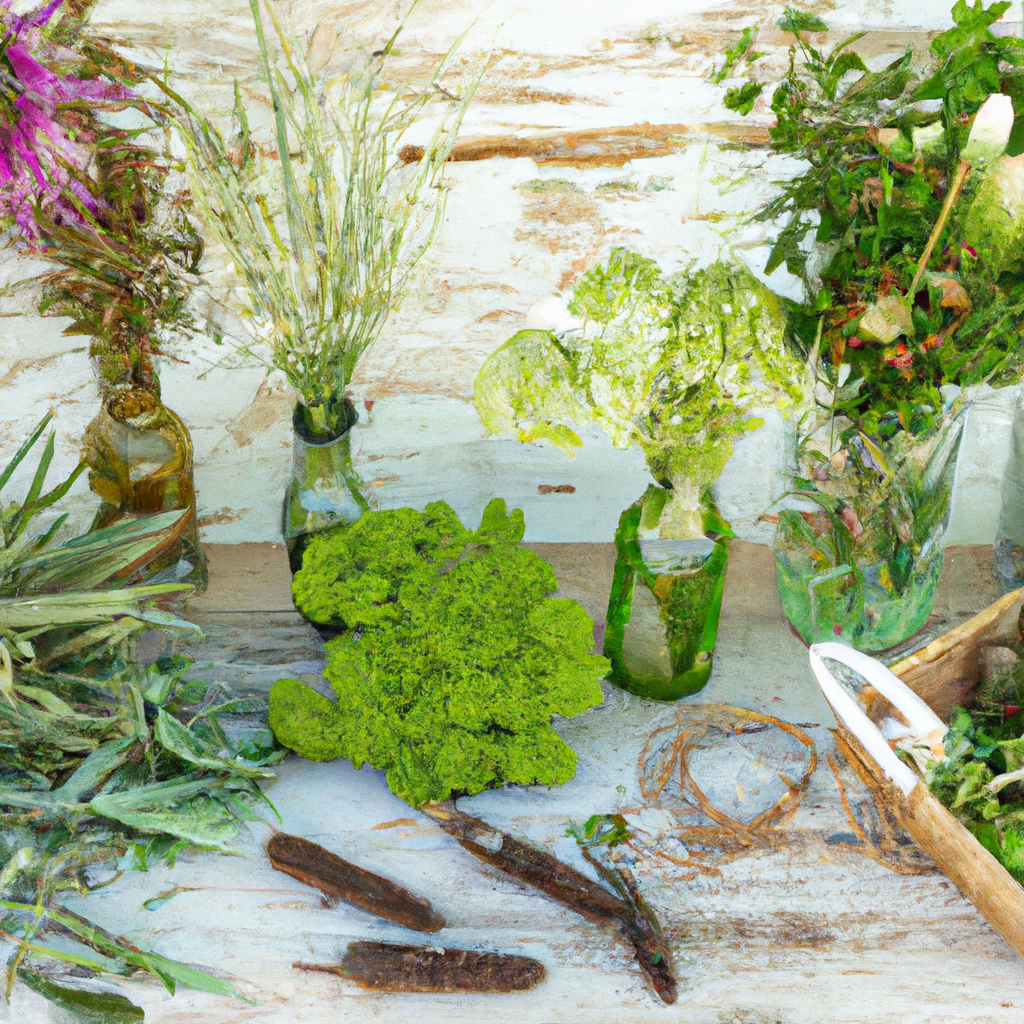

Gardening Tools and Equipment
Having the right tools and equipment is essential for efficient and successful gardening. Essential gardening tools, choosing eco-friendly options, proper tool maintenance and storage, and exploring innovative gadgets are important considerations for the conscious gardener.
Essential Gardening Tools
A collection of essential gardening tools will not only make your tasks easier but also contribute to the overall health and productivity of your garden. Basic tools such as a shovel, hand trowel, pruners, and a watering can are fundamental for most gardening tasks. Other tools like a rake, hoe, garden gloves, and a wheelbarrow can also be helpful depending on your garden’s needs.
Choosing Eco-Friendly Options
When selecting gardening tools and equipment, opt for eco-friendly options whenever possible. Look for tools made from sustainable materials like bamboo or recycled plastics. Choose hand tools over power tools to reduce energy consumption. Additionally, consider the durability and longevity of the tools to reduce waste and promote sustainability in the long run.
Proper Tool Maintenance and Storage
Taking care of your gardening tools is essential for their longevity and effectiveness. After each use, clean tools to prevent the spread of diseases and pests. Regularly sharpen blades, oil moving parts, and tighten loose handles to maintain optimal performance. Proper storage, such as hanging tools, organizing them in a shed or toolbox, protects them from rust and damage, ensuring they will be ready when you need them.
Exploring Innovative Gadgets
Gardening gadgets and technology can make certain garden tasks more efficient and enjoyable. From smart irrigation systems and soil moisture sensors to self-watering containers and automatic plant feeders, there is a wide range of innovative gadgets available. When exploring these options, look for those that are energy-efficient, water-saving, and promote sustainable gardening practices.
Joining Gardening Communities
Joining gardening communities provides an opportunity to connect with fellow gardeners, share knowledge and experiences, and find support in your green thumb journey. Local gardening clubs and organizations, online gardening forums and social media groups, participating in seed and plant exchanges, and attending gardening workshops and events are excellent ways to engage with the gardening community.
Local Gardening Clubs and Organizations
Local gardening clubs and organizations offer a wealth of resources for gardeners of all levels. They provide opportunities to learn from experienced gardeners, attend workshops and seminars, and participate in community gardening projects. Joining a local gardening club allows you to connect with like-minded individuals, make new friends, and gain valuable insights into gardening practices specific to your region.
Online Gardening Forums and Social Media Groups
The internet has made it easier than ever to connect with fellow gardeners from around the world. Online gardening forums and social media groups provide platforms for sharing knowledge, asking questions, and seeking advice. These online communities offer a supportive and diverse network of gardeners who can provide guidance and inspiration throughout your gardening journey.
Participating in Seed and Plant Exchanges
Seed and plant exchanges are great opportunities to diversify your garden and discover new varieties. Many gardening communities organize seed and plant swap events or have dedicated online platforms for exchanging seeds, plants, and other garden-related materials. Participating in these exchanges allows you to share your own surplus plants and seeds while expanding your garden with unique and interesting additions.
Attending Gardening Workshops and Events
Gardening workshops and events provide valuable opportunities to learn from experts, gain hands-on experience, and stay up to date with the latest trends and techniques. Local nurseries, botanical gardens, and horticultural societies often organize these educational events. Attending workshops and events allows you to connect with professionals, enhance your gardening skills, and find inspiration for your own garden projects.
In conclusion, starting your green thumb journey is an exciting and rewarding endeavor. By carefully selecting the right plants, understanding soil and composting techniques, planning and designing your garden, implementing sustainable practices, and connecting with the gardening community, you can create an eco-friendly home garden that thrives and brings you joy for years to come. With each step you take, you contribute to a more sustainable and environmentally friendly approach to gardening. So grab your gardening tools, get your hands dirty, and embrace the wonders of nurturing and growing your own green oasis. Happy gardening!
